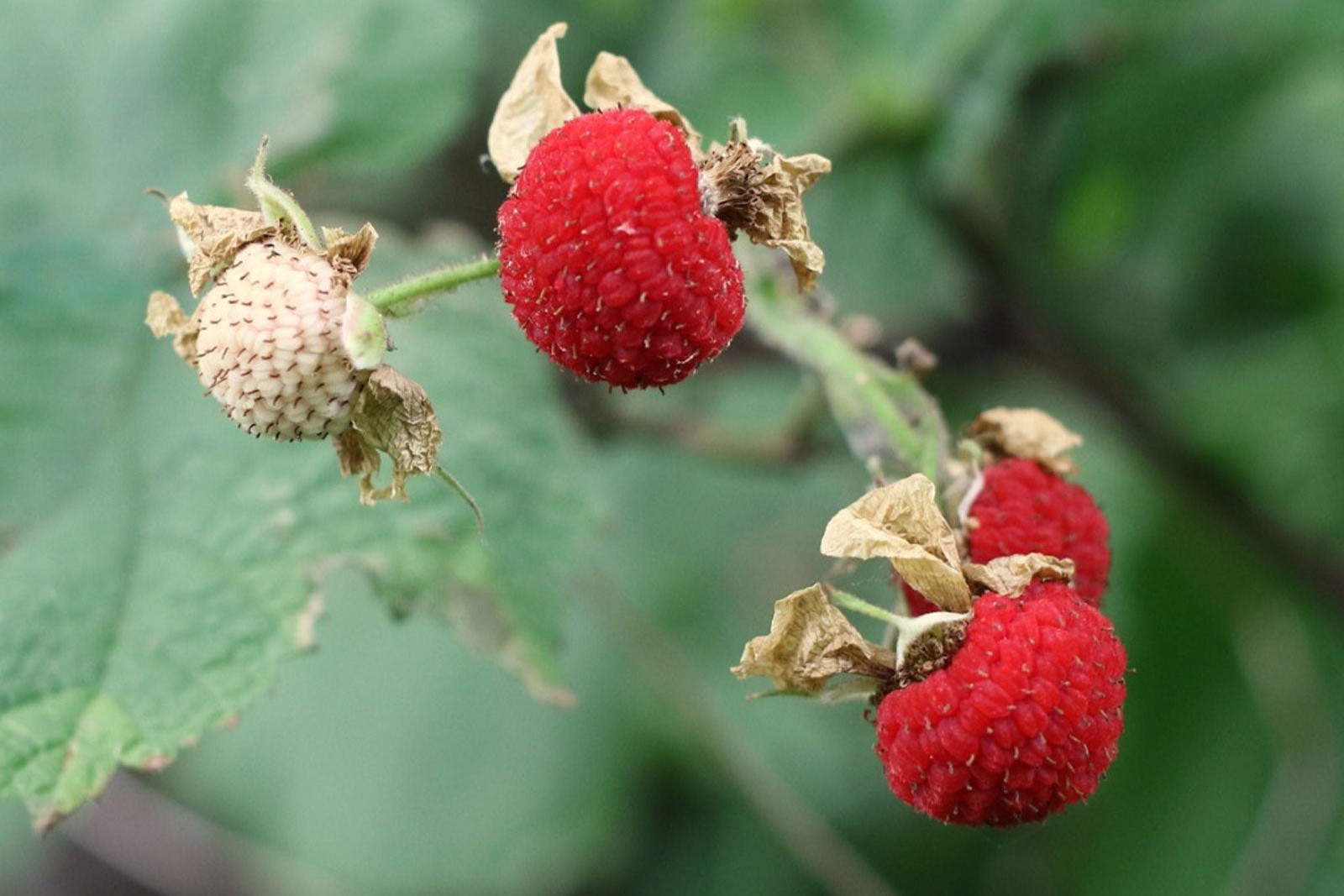
Thimbleberry is a hidden gem in the berry world, often overshadowed by its more famous cousins like raspberries and blackberries. But what exactly makes this berry so special? Thimbleberries are not just delicious; they are packed with nutrients and have a rich history. Native to North America, these berries have been used by indigenous peoples for centuries, both as a food source and for medicinal purposes. They grow on bushes with large, soft leaves and produce bright red, juicy fruits that resemble raspberries but are softer and more delicate. Whether you're a foraging enthusiast or just curious about unique fruits, learning about thimbleberries can be both fun and enlightening.
What is Thimbleberry?
Thimbleberry, known scientifically as Rubus parviflorus, is a fascinating plant native to North America. This shrub is celebrated for its delicious berries and unique characteristics. Let's dive into some intriguing facts about this remarkable plant.
- Thimbleberries are part of the rose family, closely related to raspberries and blackberries.
- The plant is native to North America, found from Alaska to Mexico and as far east as the Great Lakes.
- Thimbleberries thrive in moist, shaded areas, often growing in forests, along streams, and on mountainsides.
- Unlike many berries, thimbleberries have no thorns, making them easier to pick.
- The berries are bright red and have a soft, velvety texture, resembling a thimble, hence the name.
- Thimbleberries are rich in vitamins A and C, making them a nutritious snack.
- The leaves of the thimbleberry plant are large, soft, and maple-like in shape.
- Native Americans used thimbleberries for food, medicine, and even as a dye.
- The berries are highly perishable, often spoiling within a day of being picked.
- Thimbleberry flowers are white and have five petals, blooming from late spring to early summer.
Uses and Benefits of Thimbleberry
Thimbleberry isn't just a pretty plant; it has numerous uses and benefits that have been appreciated for centuries.
- Thimbleberries can be eaten fresh or used in jams, jellies, and desserts.
- The leaves can be brewed into a tea that is said to help with digestive issues.
- Thimbleberry leaves were traditionally used to treat wounds and burns due to their astringent properties.
- The plant's roots and leaves were used by Native Americans to treat diarrhea and dysentery.
- Thimbleberries are a source of antioxidants, which help protect the body from damage by free radicals.
- The berries are also used in natural skincare products due to their high vitamin content.
- Thimbleberry plants provide habitat and food for various wildlife, including birds and small mammals.
- The plant is sometimes used in landscaping for erosion control because of its dense growth habit.
- Thimbleberries can be used to make a natural dye, producing a range of colors from pink to purple.
Growing Thimbleberry
Interested in growing your own thimbleberry plants? Here are some facts to help you get started.
- Thimbleberry plants prefer well-drained soil and partial shade but can tolerate full sun.
- They are hardy in USDA zones 3-9, making them suitable for a wide range of climates.
- Thimbleberries can be propagated by seed, cuttings, or division of the root ball.
- The plants can grow up to 8 feet tall and spread through underground rhizomes.
- Thimbleberry plants require regular watering, especially during dry periods.
- Mulching around the base of the plant can help retain moisture and suppress weeds.
- Pruning is necessary to remove dead or diseased canes and to encourage new growth.
- Thimbleberries are relatively pest-resistant but can be affected by fungal diseases like powdery mildew.
- Companion planting with herbs like mint or flowers like marigolds can help deter pests.
Fun Facts About Thimbleberry
Thimbleberry has some quirky and fun aspects that make it even more interesting.
- Thimbleberries are sometimes called "nature's candy" due to their sweet taste.
- The plant's scientific name, Rubus parviflorus, means "small-flowered bramble."
- Thimbleberry leaves are so soft that they were historically used as a natural toilet paper substitute.
Thimbleberry: A Hidden Gem
Thimbleberries are more than just a pretty face in the wild. These berries pack a punch with their nutritional benefits, offering a good dose of vitamin C and fiber. They’re not just for wildlife; humans can enjoy them too, whether fresh or in jams and desserts. The plant itself is a hardy survivor, thriving in various climates and requiring minimal care.
Beyond their culinary uses, thimbleberries have a rich history in traditional medicine, used by Native Americans for treating wounds and digestive issues. Their large, soft leaves even serve as makeshift napkins or toilet paper in a pinch.
So, next time you’re out hiking or exploring, keep an eye out for these versatile berries. They’re a small but mighty part of nature’s bounty, offering both practical uses and delicious flavors.
Was this page helpful?
Our commitment to delivering trustworthy and engaging content is at the heart of what we do. Each fact on our site is contributed by real users like you, bringing a wealth of diverse insights and information. To ensure the highest standards of accuracy and reliability, our dedicated editors meticulously review each submission. This process guarantees that the facts we share are not only fascinating but also credible. Trust in our commitment to quality and authenticity as you explore and learn with us.
